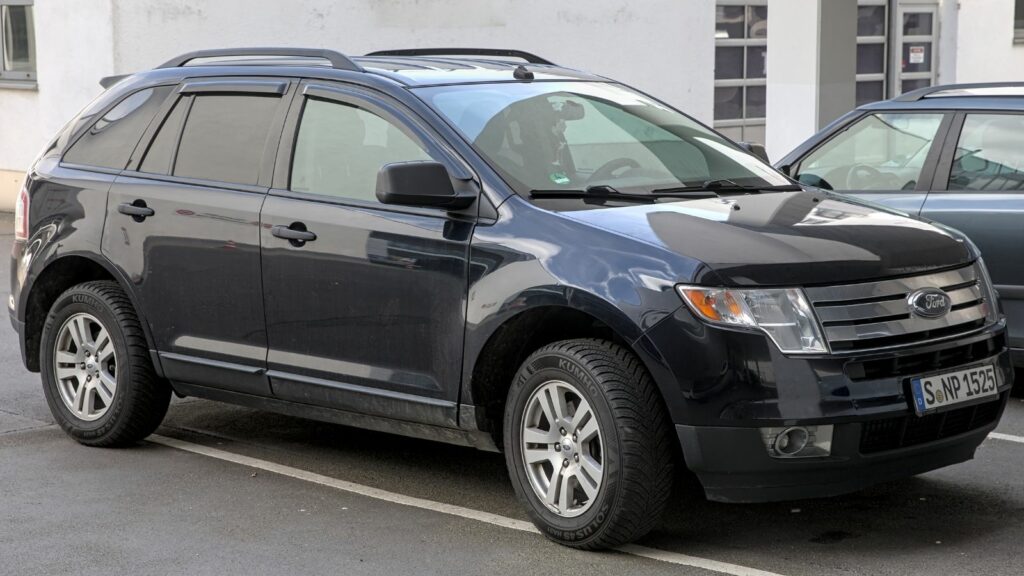For every SUV that wins Canadian hearts, there are those that stumble. Some fail because they can’t handle brutal winters, others because they’re plagued with reliability headaches or simply don’t deliver the practicality families expect. In a country where vehicles face salt, snow, and long highway runs, mistakes get noticed quickly. These are eight SUVs that Canadians never truly warmed up to.
Dodge Journey
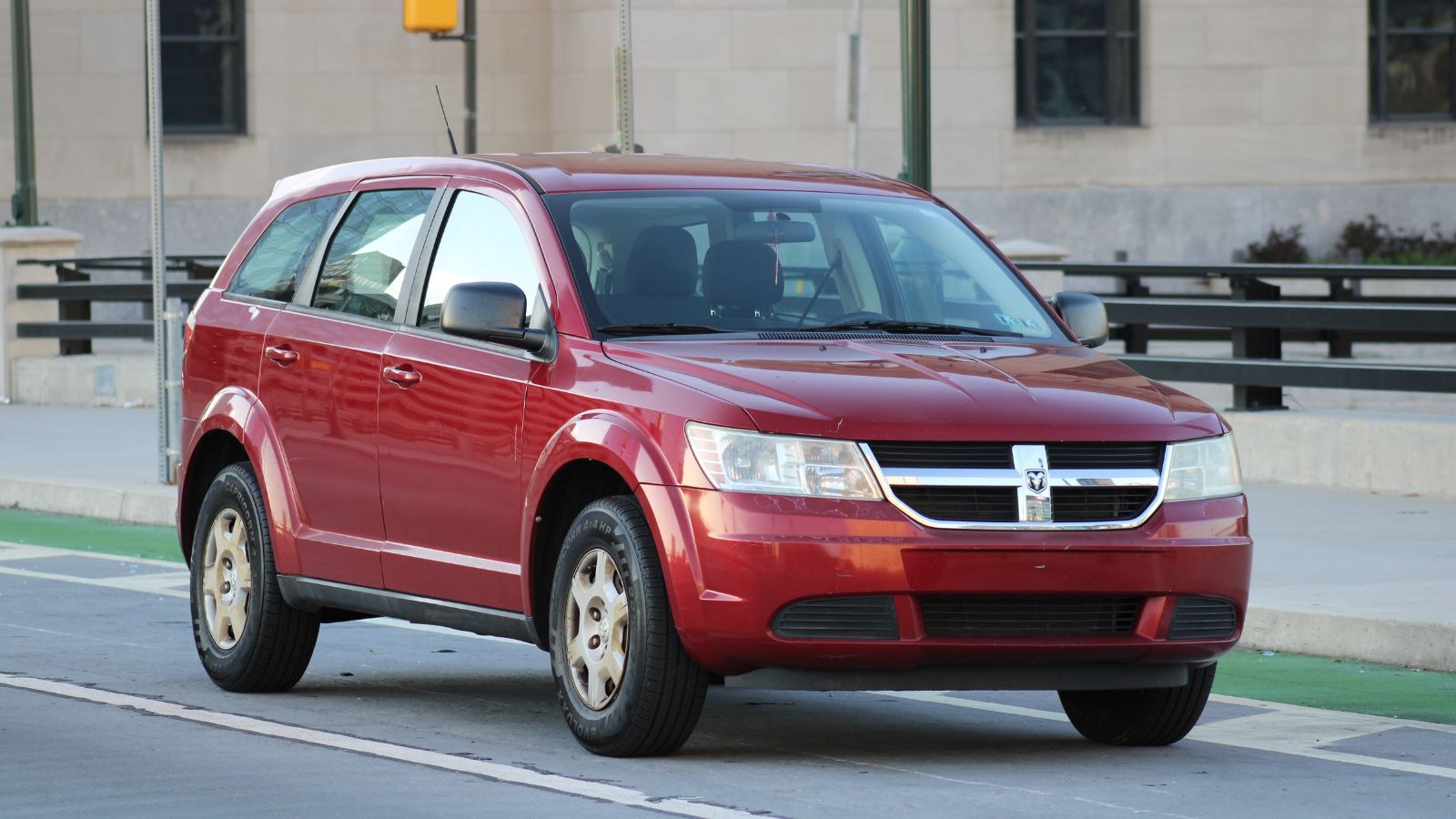
On paper, the Dodge Journey looked like a winner. It was cheap, had plenty of space, and offered available all-wheel drive. But in practice, it quickly revealed its flaws. The outdated four-speed automatic made the four-cylinder versions painfully slow, and even the V6 models felt coarse. Interior plastics were brittle, technology felt a generation behind, and reliability issues cropped up far too soon. Canadian families who thought they had scored a bargain often found themselves spending more on repairs than they had saved on the sticker price. After a few hard winters, many Journeys lived up to their name by journeying straight to the used lot.
Nissan Murano CrossCabriolet
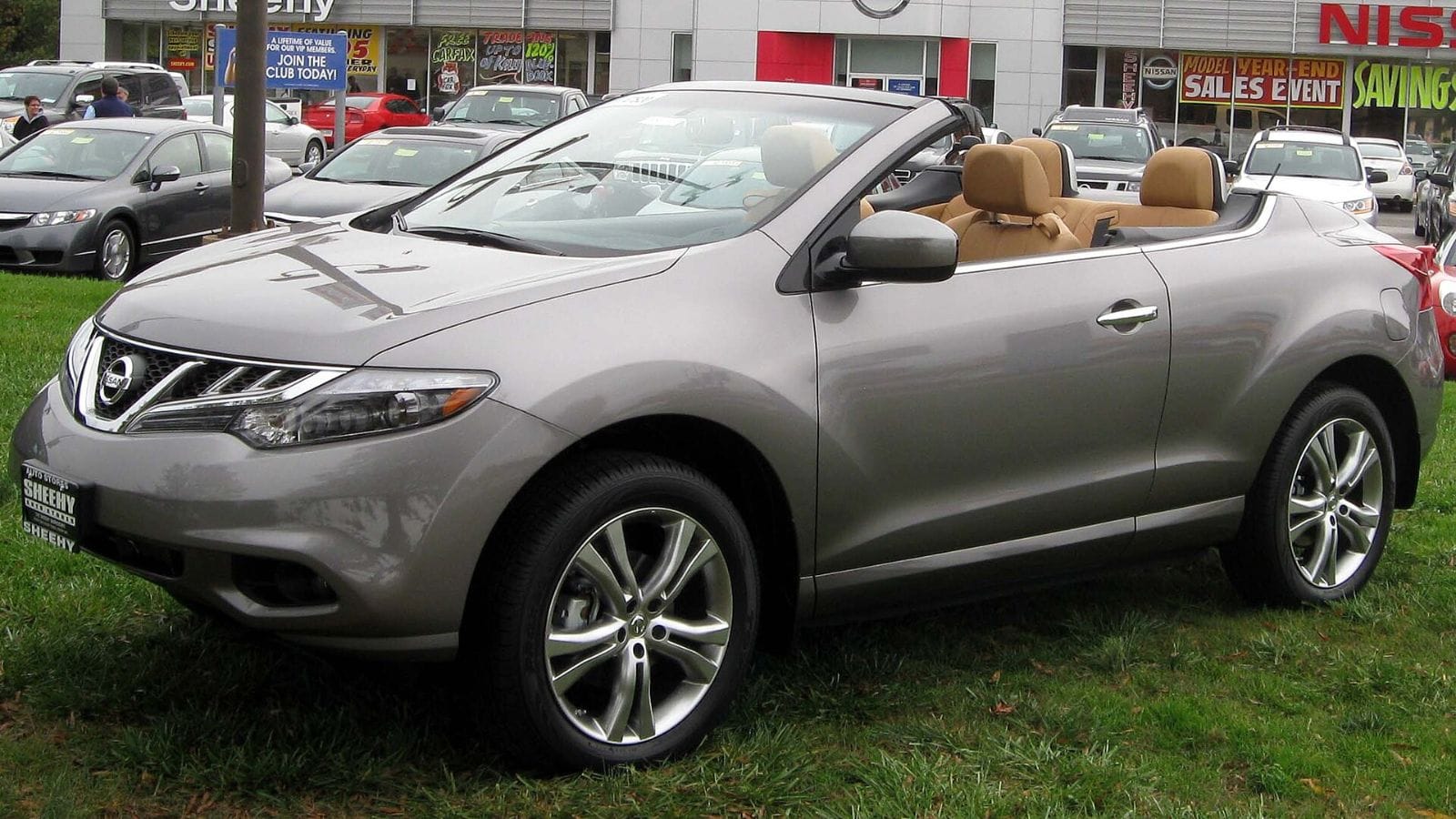
The Murano CrossCabriolet has gone down as one of the strangest ideas in modern automotive history. A convertible SUV sounded wild in a California brochure, but in Canada, it was baffling. Who wants to drop the top when the thermometer spends months below zero? The styling was awkward, the trunk space shrank to unusable proportions, and the extra weight made it sluggish. Canadians are pragmatic buyers, and the CrossCabriolet never aligned with that. Instead of combining the best of both worlds, it ended up combining the downsides of both, and sales were predictably dismal.
Chevrolet Equinox (2005–2009)
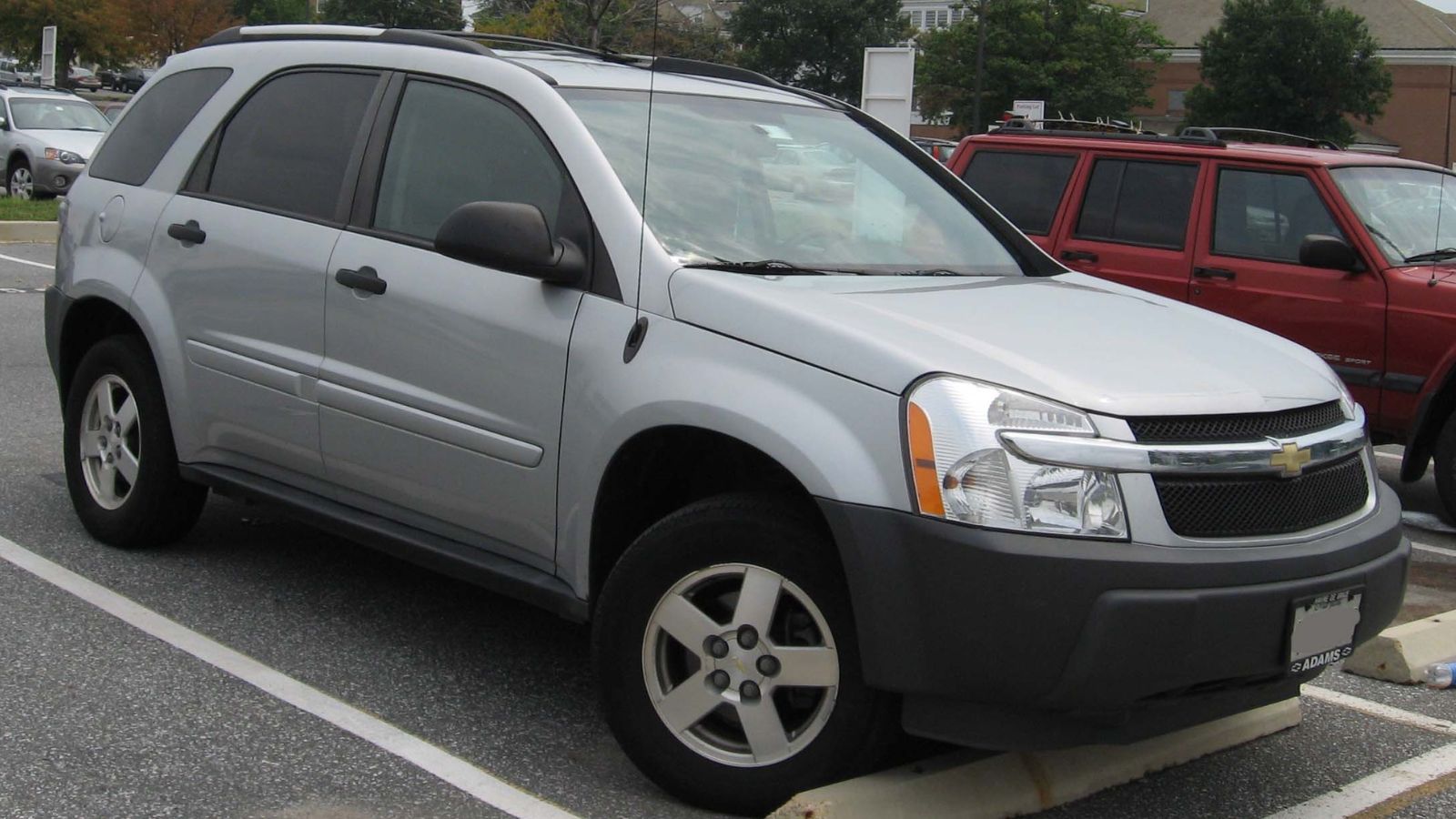
The first-generation Equinox seemed ready to give GM a foothold in the growing midsize SUV market, but it quickly became an example of missed opportunity. Its V6 engine was thirsty and underpowered, fuel economy lagged behind rivals, and interior quality was a letdown. Reliability issues around the head gaskets and cooling system further soured ownership. Canadians who wanted a sturdy, winter-ready SUV were left frustrated by breakdowns and unimpressive durability. While later generations redeemed the name, those early Equinoxes are remembered with more scorn than fondness.
Ford Edge (2007–2010)
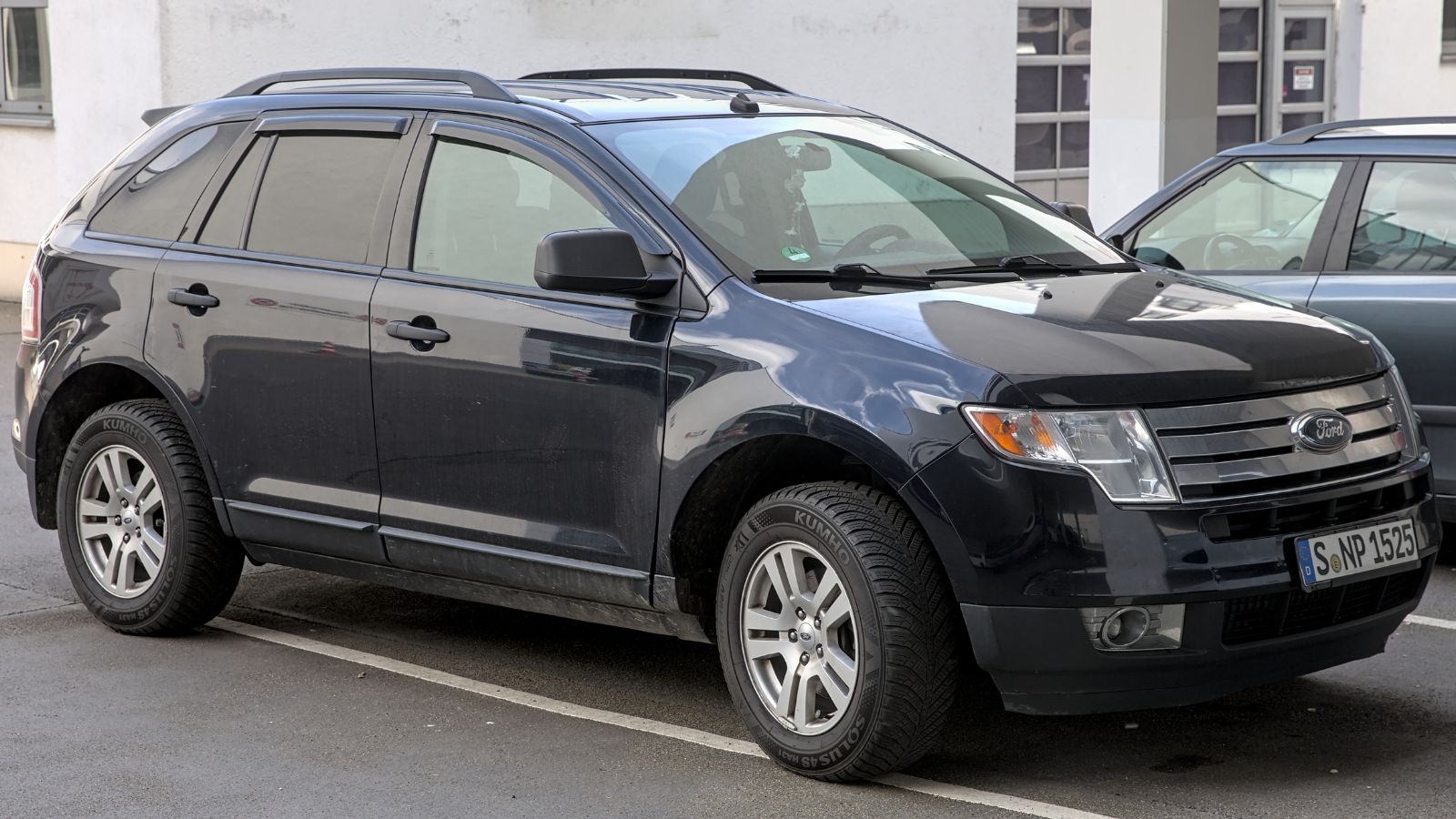
The Ford Edge should have been a home run — a stylish SUV with lots of interior space and strong engines. Unfortunately, its early years were plagued with problems. Transmission glitches were common, electronics often failed in cold Canadian weather, and real-world fuel economy was disappointing. For buyers facing snow-packed commutes and cross-country road trips, dependability matters. Instead, the Edge often found itself in the shop. Canadians wanted a confident family hauler, but too often they got an SUV that felt half-baked. Later versions improved, but the first-gen Edge left many owners shaking their heads.
Jeep Compass (2007–2010)
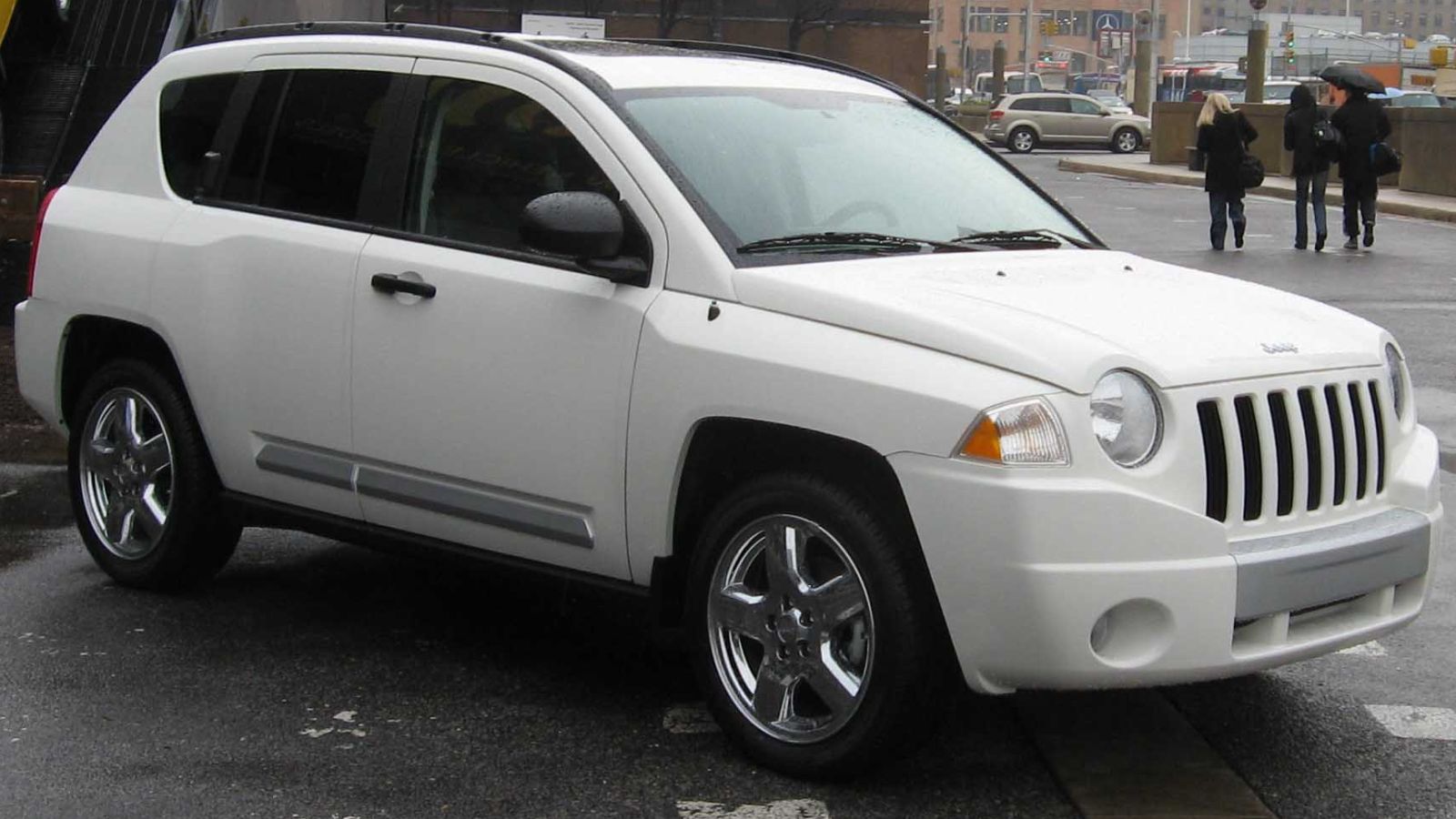
The original Jeep Compass wore the badge of an off-road icon but didn’t live up to it. Its plasticky cabin felt cheap, the engines were gutless, and the ride quality was rough without offering true Jeep capability. Canadians expecting a rugged, winter-ready Jeep were shocked to find the Compass struggled with basic refinement and didn’t handle snow and ice as well as rivals. The styling was uninspired, and the reputation quickly sank. In a market where Jeep loyalty is usually strong, the Compass broke the trust. It has improved in later generations, but the early models remain a black eye in Canadian SUV lore.
Suzuki XL7 (2007–2009)
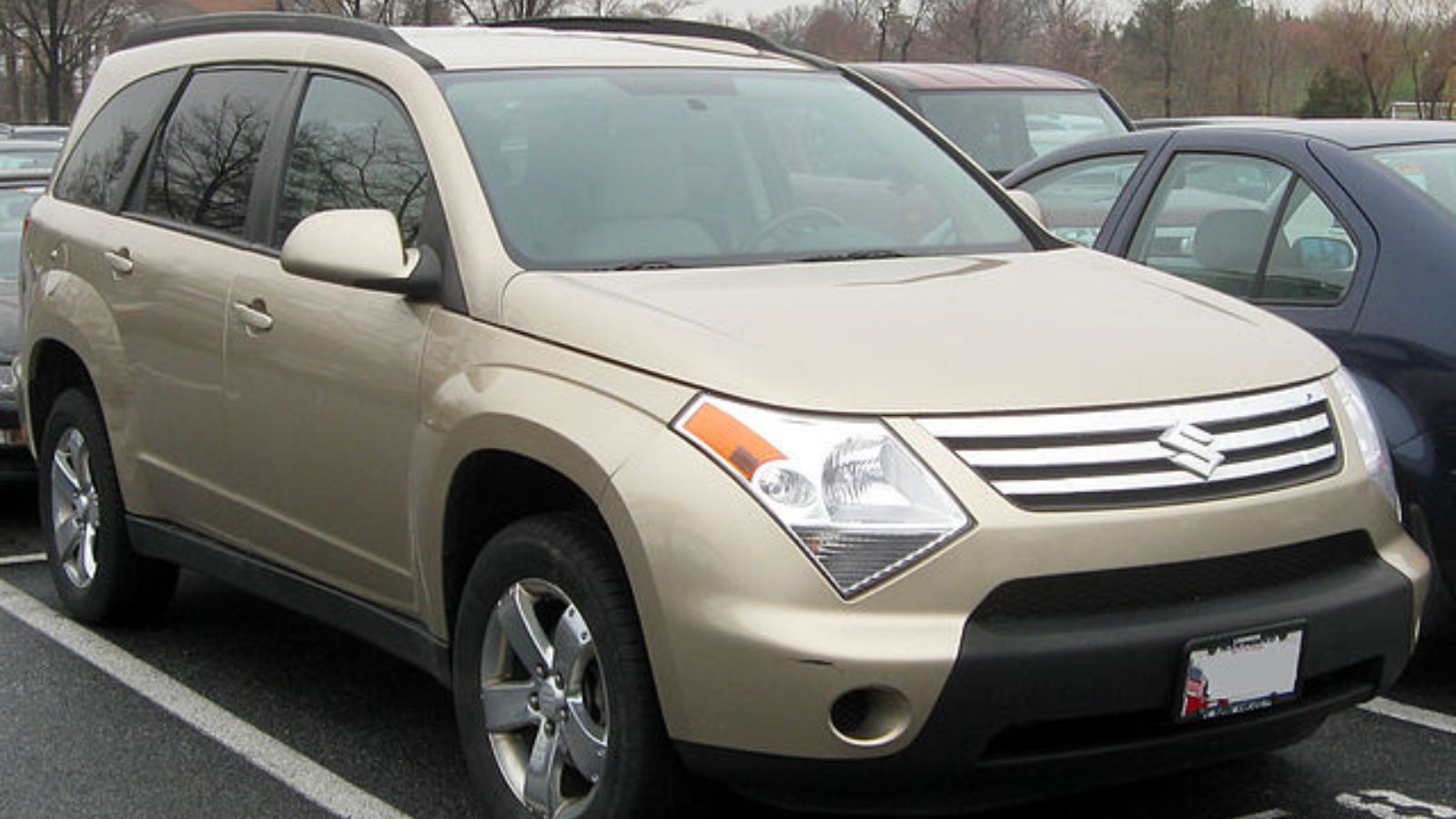
Suzuki never had a huge footprint in Canada, and the XL7 didn’t help the cause. It lacked distinctive design, drove like an uninspired minivan on stilts, and drank fuel at an alarming rate. Worse still, when Suzuki pulled out of the Canadian market, parts availability became a nightmare. Owners who bought into the XL7 for its low price and decent size often found themselves stranded when repairs were needed. In a land where reliability and long-term serviceability are valued, the XL7 flopped hard. Today it’s little more than an oddity on the used market, avoided by most Canadians who know better.
Mitsubishi Endeavor (2004–2011)
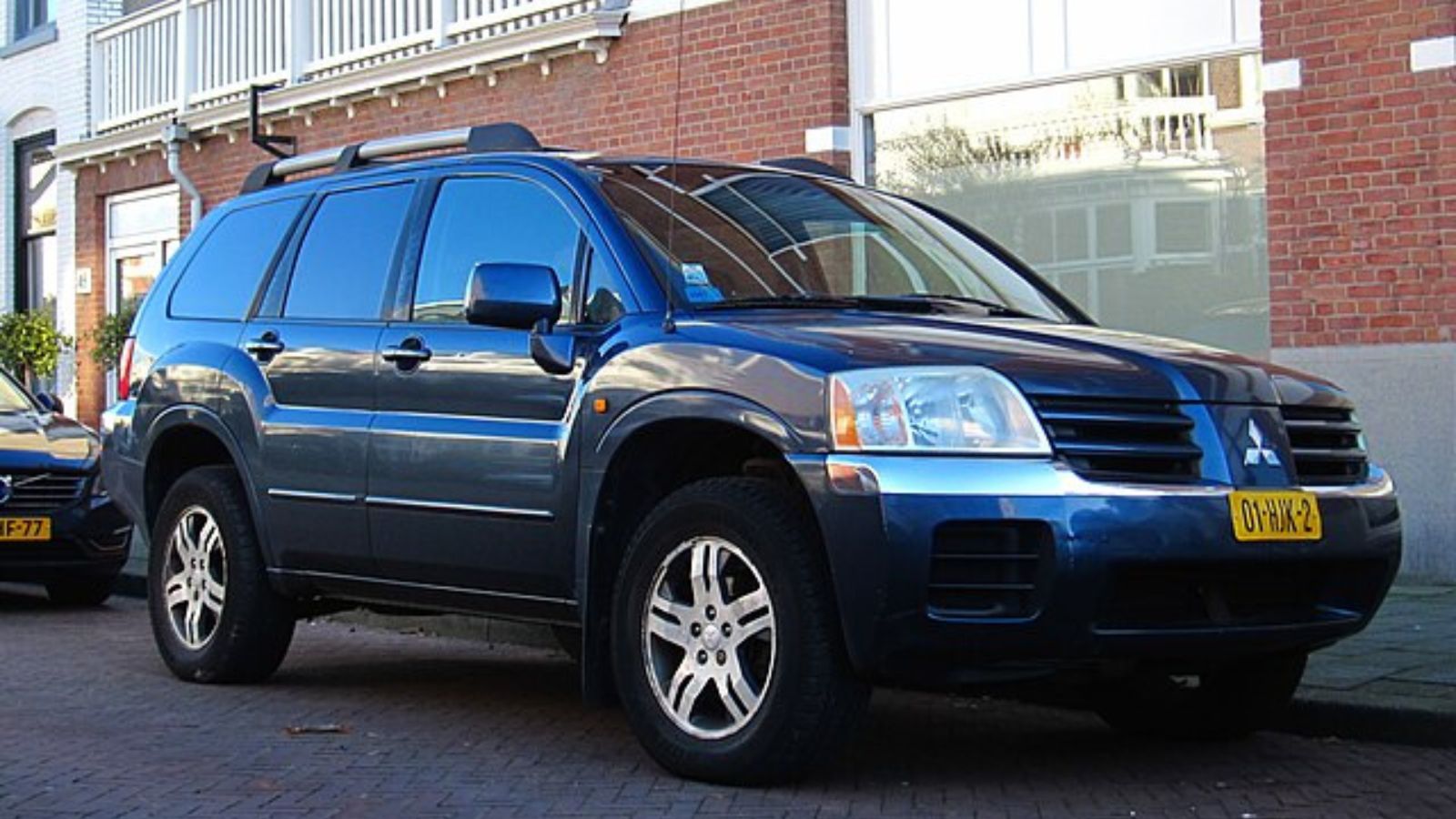
The Endeavor tried to offer Canadians a middle-ground SUV, but it never quite found its audience. The design was bland, fuel economy was poor, and the interior felt cheap compared to competitors. On the road, it lacked refinement and never gave the sense of durability Canadians expect when facing harsh winters and long road trips. Resale values plummeted, leaving many owners underwater when it came time to trade in. For a brand struggling to hold market share, the Endeavor did little to win confidence. It quietly disappeared, and few in Canada missed it.
Pontiac Aztek (2001–2005)
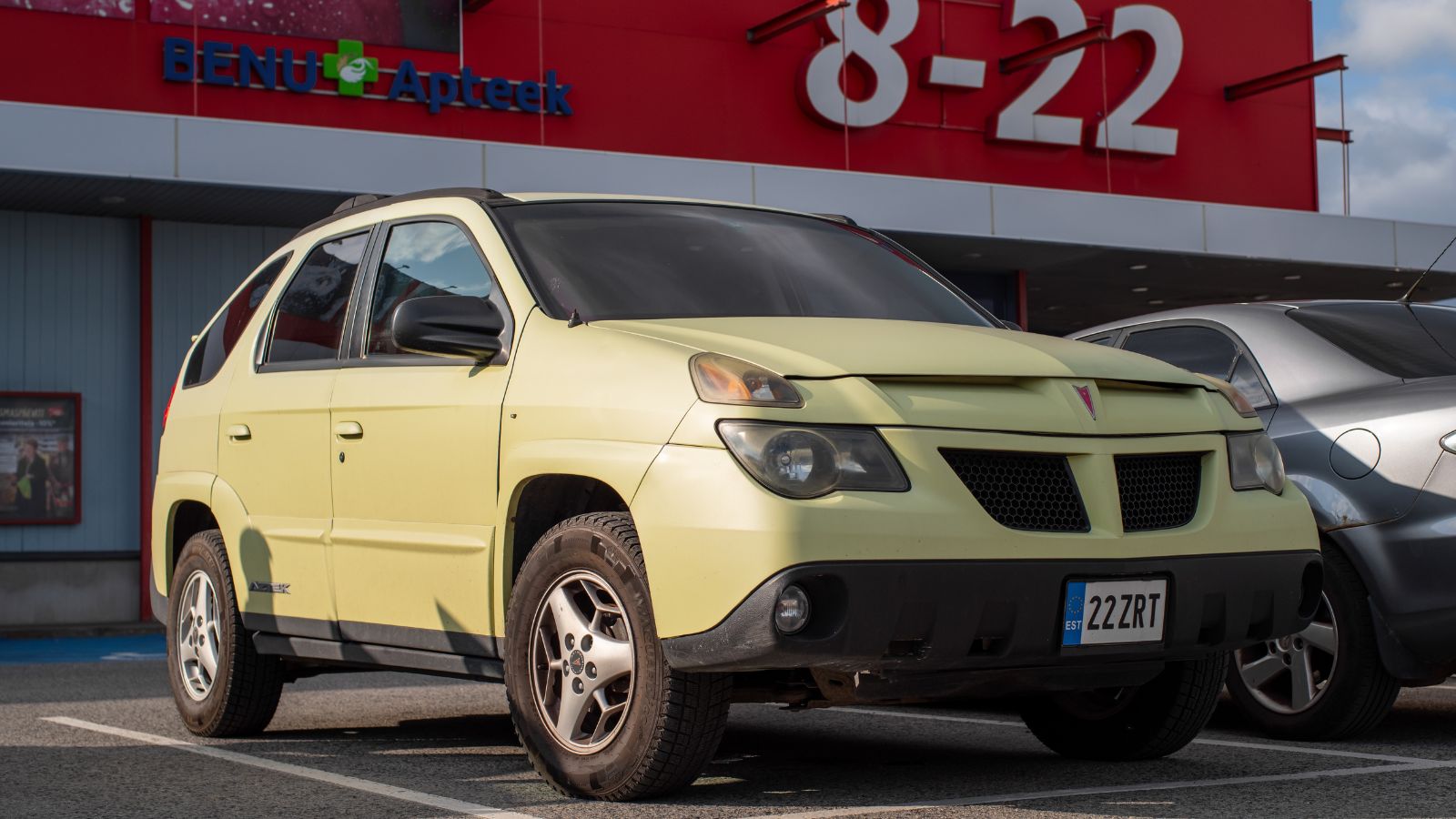
Few vehicles are as infamous as the Pontiac Aztek. Canadians mocked its awkward styling just as much as Americans, and sales never took off. The odd proportions overshadowed the fact that it was actually roomy and practical inside. Even the availability of all-wheel drive couldn’t save it from ridicule. Salt rusted them quickly, reliability was mediocre, and the Aztek became a rolling joke. Ironically, it later gained cult fame thanks to television, but on Canadian roads, it was mostly remembered as a failure. In a country that values practical but capable vehicles, the Aztek was simply the wrong car at the wrong time.
25 Facts About Car Loans That Most Drivers Don’t Realize

Car loans are one of the most common ways people fund car purchases. Like any other kind of loan, car loans can have certain features that can be regarded as an advantage or a disadvantage to the borrower. Understanding all essential facts about car loans and how they work to ensure that you get the best deal for your financial situation is essential. Here are 25 shocking facts about car loans that most drivers don’t realize:
25 Facts About Car Loans That Most Drivers Don’t Realize
